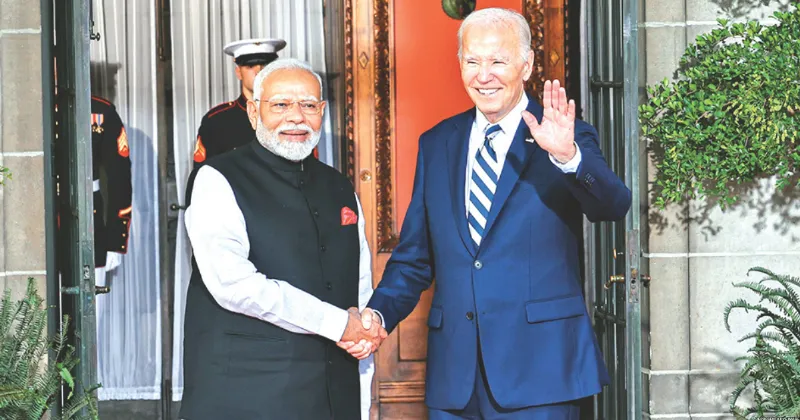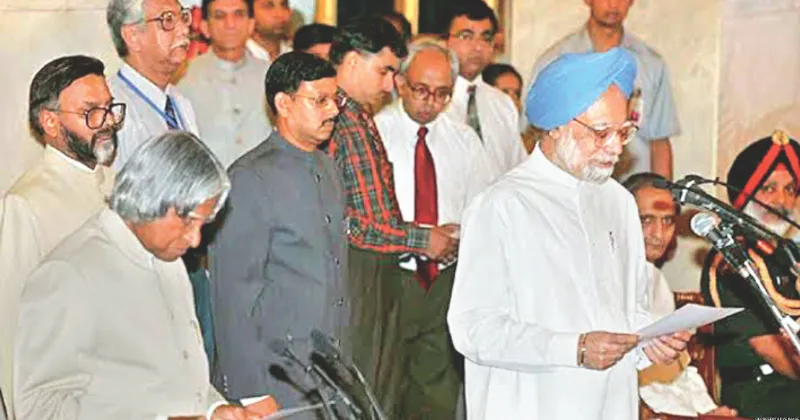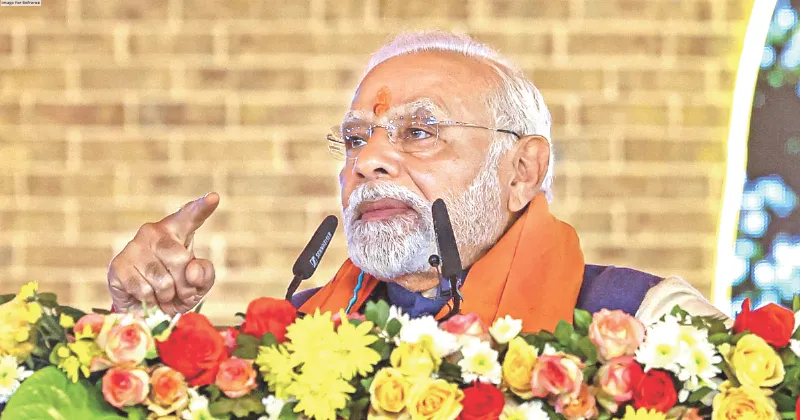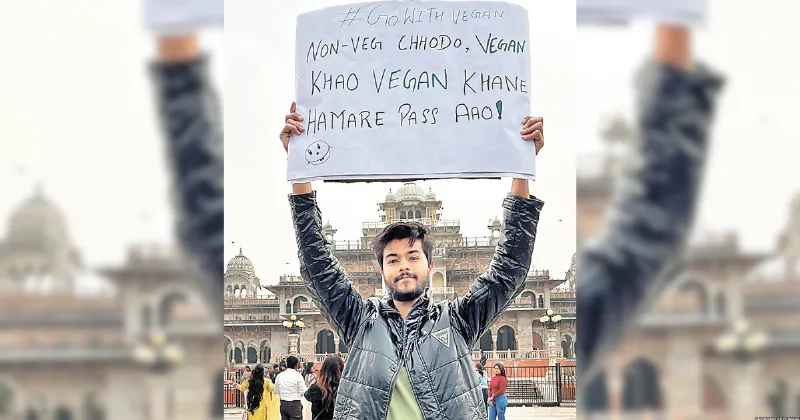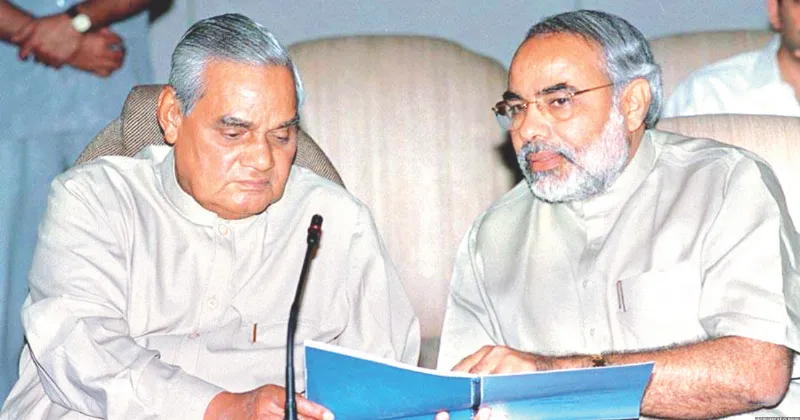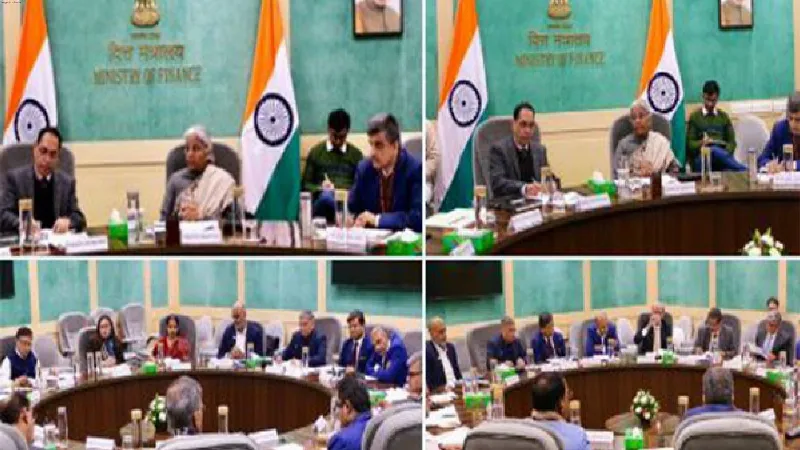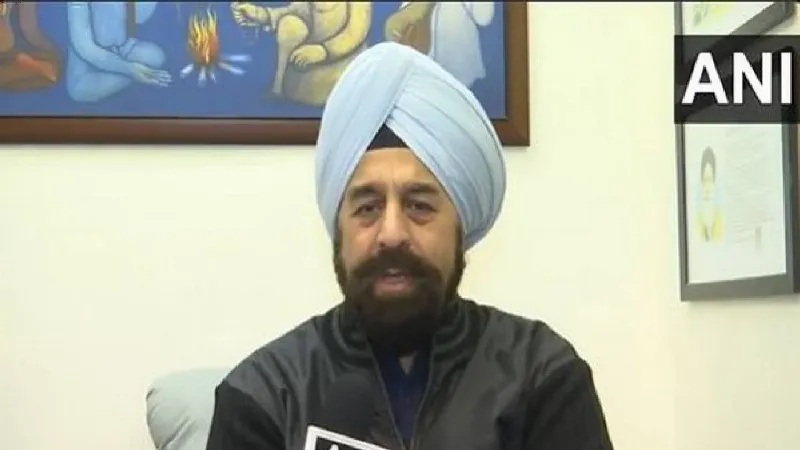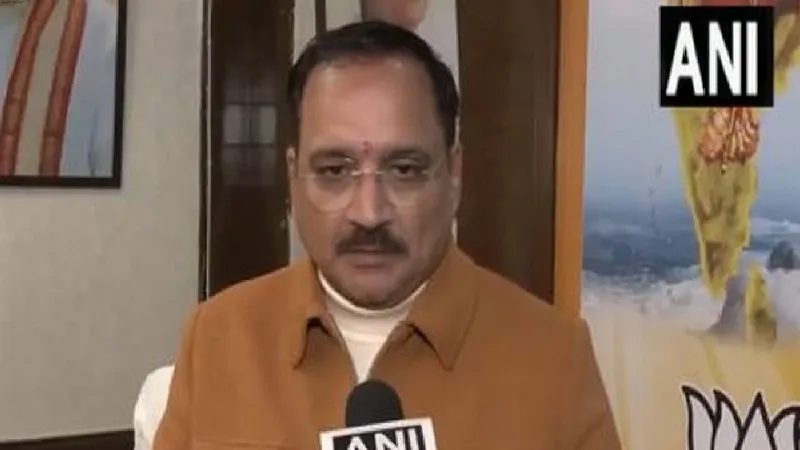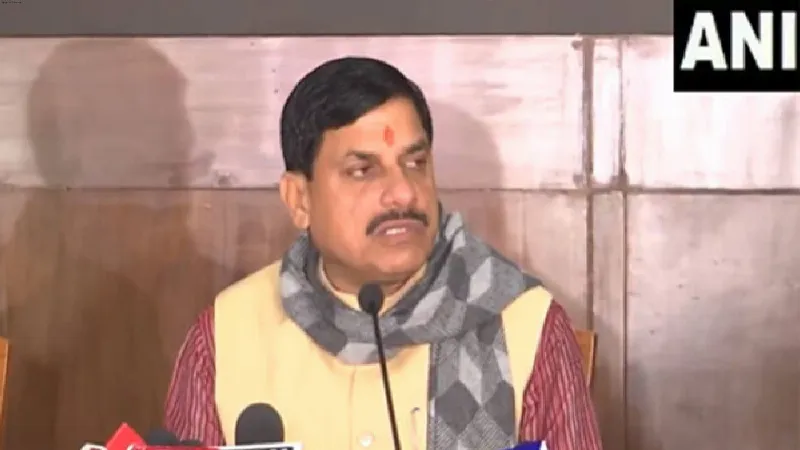Understanding Biden’s Big Bet on India

The unprecedented lovefest between the United States and India has been striking and, frankly, puzzling. Following the pageantry of US President Joe Biden hosting a state dinner for Indian Prime Minister Narendra Modi, and of US Speaker of the House Kevin McCarthy inviting Modi to address a joint session of Congress for a second time, one wonders if America is giving away the store and getting very little in return.
After all, symbols such as these are the least of it. Among other things, the US is transferring sensitive military technology to a nontreaty partner, nudging its companies to invest in India, easing visa restrictions for Indian nationals, and desisting from publicly chastising Modi’s government for its democratic backsliding. In effect, America has drawn India into a one-sided quasialliance: it seems to have taken one, at most one-anda-half, to tango. The strategic rationale, of course, is the need to counter-balance China. But what is the Indian quo for the American quid?
The former US diplomat Ashley J Tellis believes the US is making a “bad bet,” because India will never participate in coalition warfare with the US against China unless its interests are directly threatened. In a SinoAmerican conflict over Taiwan, India would remain on the sidelines, despite the generosity the US has shown it. Even US National Security Adviser Jake Sullivan has acknowledged this.
But India experts such as Pratap Bhanu Mehta, a former vice chancellor of Ashoka University, point out that the US will increasingly need India as its own hegemony erodes. The new axis of autocracies includes not only China, Russia, and Iran but also Saudi Arabia and even Turkey.
Faced with this geopolitical development, the US at least needs to forestall any potential cooling with India, lest it find itself more isolated. Not only is America’s adversary count rising, but its allies leave something to be desired. Europe is predictably inconsistent and ambivalent, especially when it comes to China; and though Japan and South Korea are reliable allies, their demographic decline deprives them of real heft.
But more to the point, it is not clear that the US needs to go to such lengths to prevent India from joining the axis of autocracies. After all, China is a hostile neighbor, Saudi Arabia is a global financier of militant Islam, and Russia – its primary military supplier – is headed for disorder. Partnership with such countries is not remotely enticing for India. Likewise, India, with its influential diaspora and basic congruence of economic and military interests, has little to gain by openly snubbing the US.
So, the US is giving away quite a lot either for something that India will never sign up to (military engagement against China), or for something that India would do regardless of the enticements on offer. What are American strategists thinking?
Yet for all the euphoria around India’s growth prospects, it is still a long way from matching Chinese economic and financial capabilities. China’s GDP is more than five times greater than India’s at market exchange rates, and about 2.7 times greater at purchasing-power-parity rates. Moreover, China’s military spending is 3-4 times greater, and its foreign exchange reserves (to the extent that they can now be measured) are easily 6-7 times larger. The multiple on China’s total trade over India’s is similar, and its lead in global development lending is astronomical.
Though by no means guaranteed, this scenario is plausible if India develops better policies and stronger institutions. It would not eliminate the large ChinaIndia hard-power differential, but it could narrow the gap enough to force China to re-calibrate its decisionmaking. For example, if China’s five-fold GDP advantage over India was to be halved over the next two decades, Chinese leaders could no longer afford to discount the possibility of India retaliating on trade or along the border.
Moreover, the future is a process, not some hypothetical endpoint. If Chinese growth were to wane and India’s were to remain durably robust, its relative attractiveness as a partner, market, and investment destination would increase. In that case, the strategic calculus would change well before India reached a size sufficient to counterbalance China.
Arvind Subramanian The writer is a senior fellow at Brown University, is a distinguished non-resident fellow at the Centre for Global Development and the author of Of Counsel: The Challenges of the ModiJaitley Economy (India Viking, 2018)
SOURCE: PROJECT SYNDICATE



